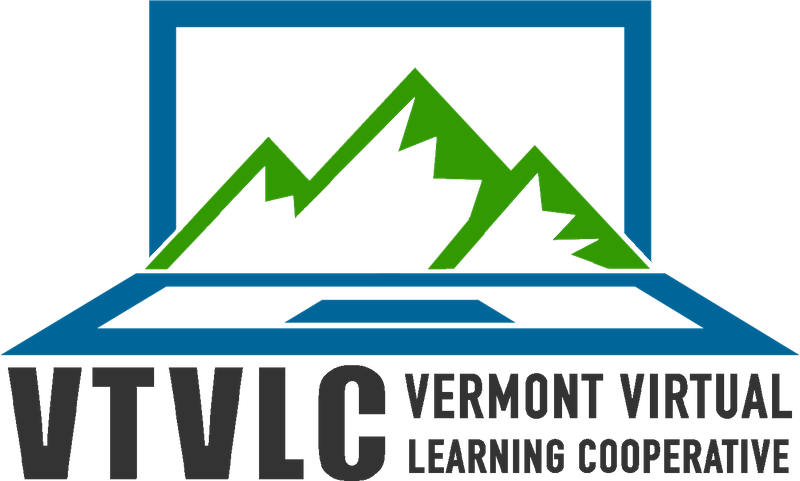Top 3 Tech Tools for Your Online Classroom
At VTVLC, we’re proud to offer a high-quality online learning experience that goes beyond the basics. Our classes are more than just digital worksheets and textbook scans—they’re rich and interactive with cutting-edge tools. But we also recognize that with digital innovation comes responsibility. That’s why VTVLC is a proud member of the Education Cooperative Student Data Privacy Alliance (TEC SDPA), a partnership that ensures all digital tools we use are safe, secure, and compliant with federal and state laws protecting student privacy.
When our teachers choose to use educational software, they’re not just looking for what’s flashy or trendy—they’re looking for tools that support deep learning, engagement, and skill development. Every platform and app must align with student data privacy agreements, ensuring your learner’s information is never at risk.
So what tools do VTVLC teachers actually use? Let’s take a look at three tech tools—just a small sampling of the many TEC-approved tools we use—to enhance the online classroom experience. Families don’t need to manage these tools themselves. Instead, they are thoughtfully integrated into lessons by teachers to support learning, creativity, and connection.
- Curipod – Interactive Presentations for Critical Thinking
Curipod is like a next-generation slide deck tool. It allows teachers to embed polls, open-ended questions, collaborative brainstorming, and real-time feedback into presentations. Educators can gauge student understanding and spark rich discussion, even in an online setting.
When a student logs into class and starts interacting with a Curipod presentation, they’re not just watching—they’re engaging. Curipod helps learners feel heard and involved, and it supports the kind of critical thinking that’s central to deeper learning.
- Canva for Education – Design and Creativity Made Simple
Canva isn’t just for social media graphics. With Canva for Education, teachers can co-create visually engaging assignments, from digital posters and infographics to timelines and reports. Templates make it easy to scaffold creative work across content areas.
Canva’s status as a TEC-approved tool means you can also feel confident about your student using Canva to express their learning visually. Whether designing an infographic on marine ecosystems or a character map for a novel, students are building media literacy and presentation skills while exploring course content.
- Gimkit – Gamified Learning That Goes Beyond Review
Originally built by a high school student, Gimkit turns assessments into games students actually want to play. It’s perfect for formative assessment and review. Teachers can create kits that align with course content or use existing ones to make class time more dynamic.
Gimkit challenges students to recall content quickly and accurately, reinforcing core concepts through friendly competition. It’s all part of the strategy to make learning stick.
Why Data Privacy Matters
All of the tools we highlighted—and many more used by our teachers—have signed student data privacy agreements through our partnership with the TEC Student Data Privacy Alliance. That means when your child is using a new app or digital tool in a VTVLC course, their personal information is protected. The TEC SDPA negotiates legal agreements with vendors, ensuring that they meet strict standards under FERPA, COPPA, and other federal and state laws.
Families can rest easy knowing that every platform used in our classrooms has been reviewed for both educational value and student safety.
Online learning isn’t just about putting a class on a screen—it’s about crafting engaging, interactive, and meaningful experiences. With the thoughtful use of vetted tech tools, our teachers help bring VTVLC courses to life. And with our commitment to data privacy, you can be confident that your learner is safe every step of the way.
Want to see more of what VTVLC is doing to support 21st-century learning? Browse our course catalog or explore our blog for more behind-the-scenes insight into how we make virtual learning work.

